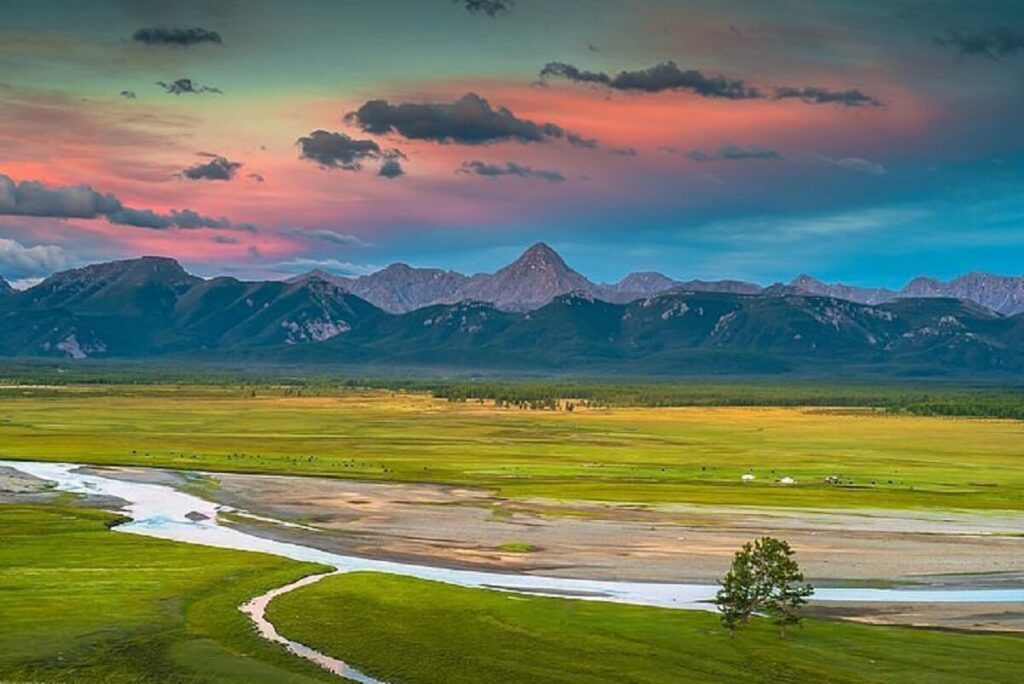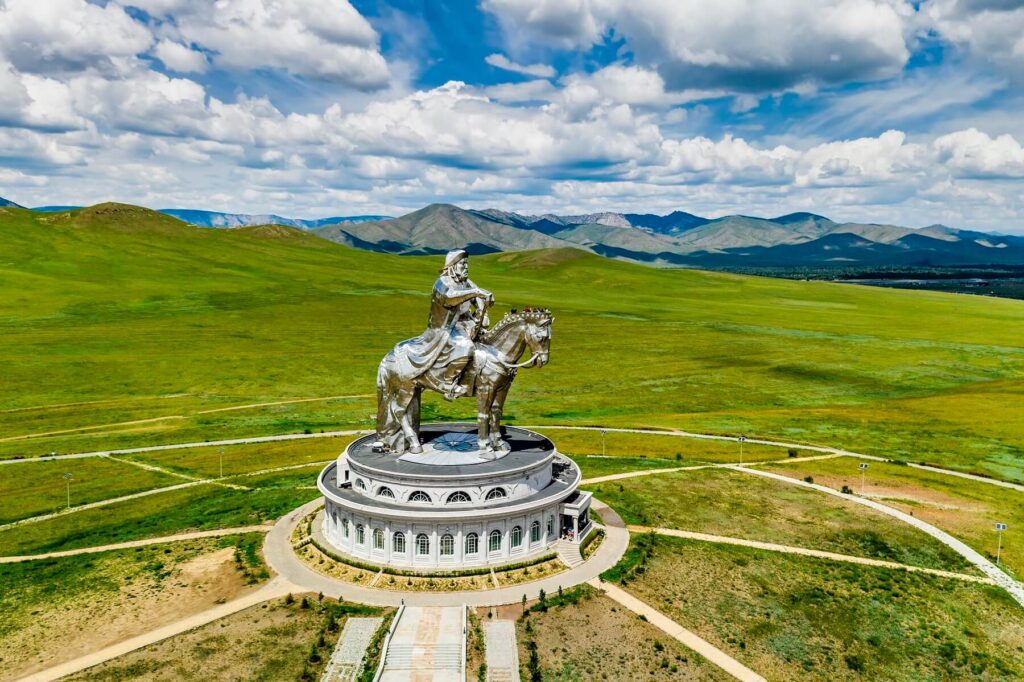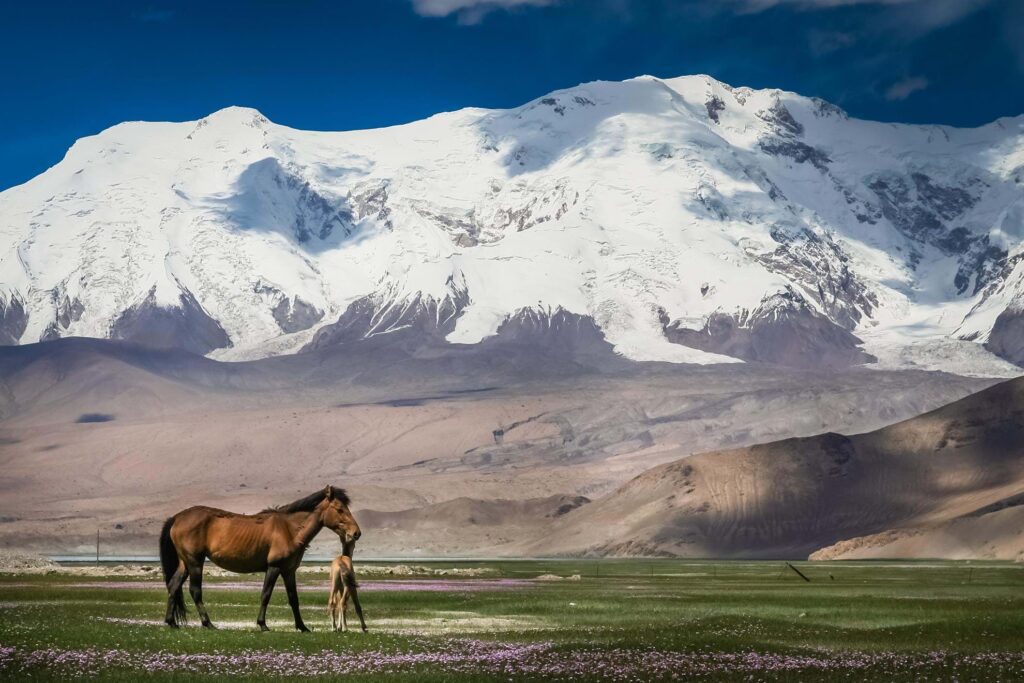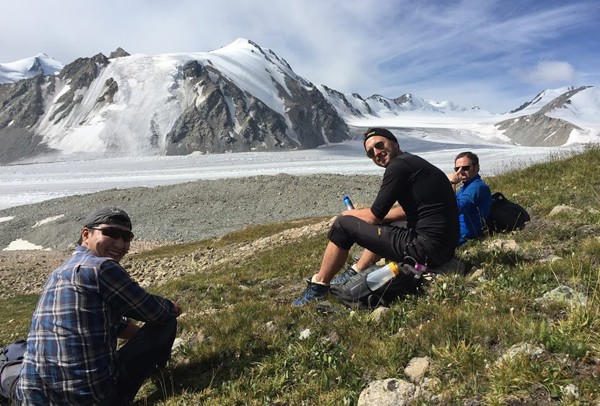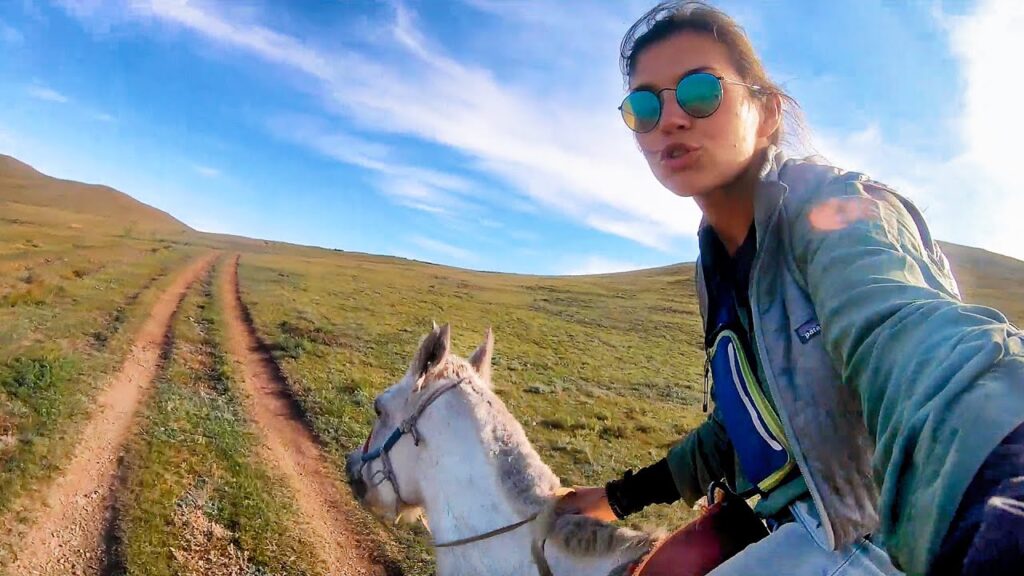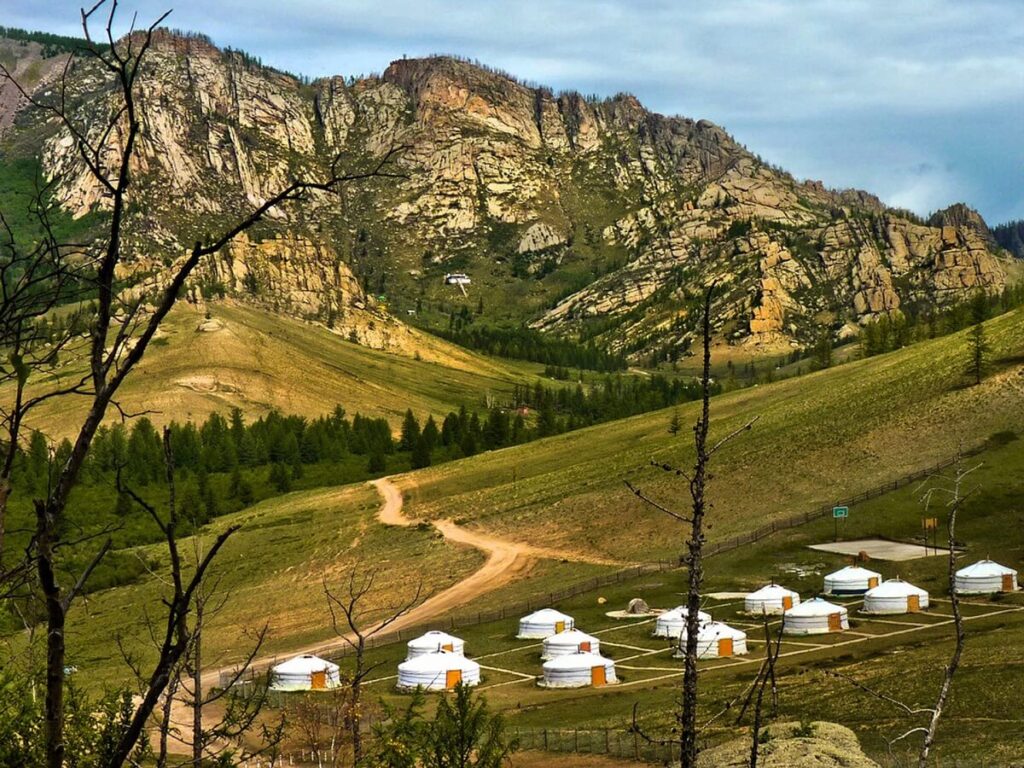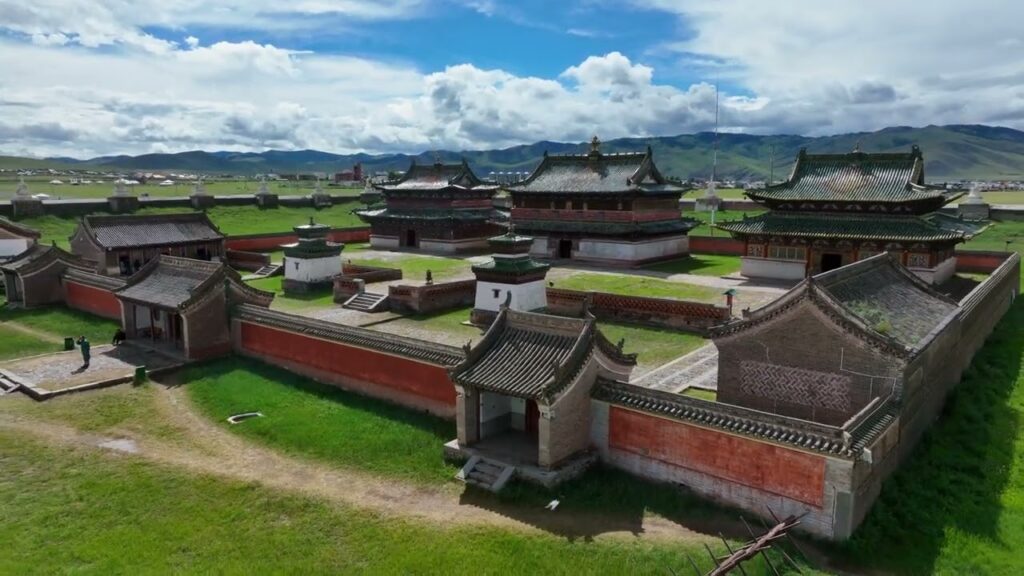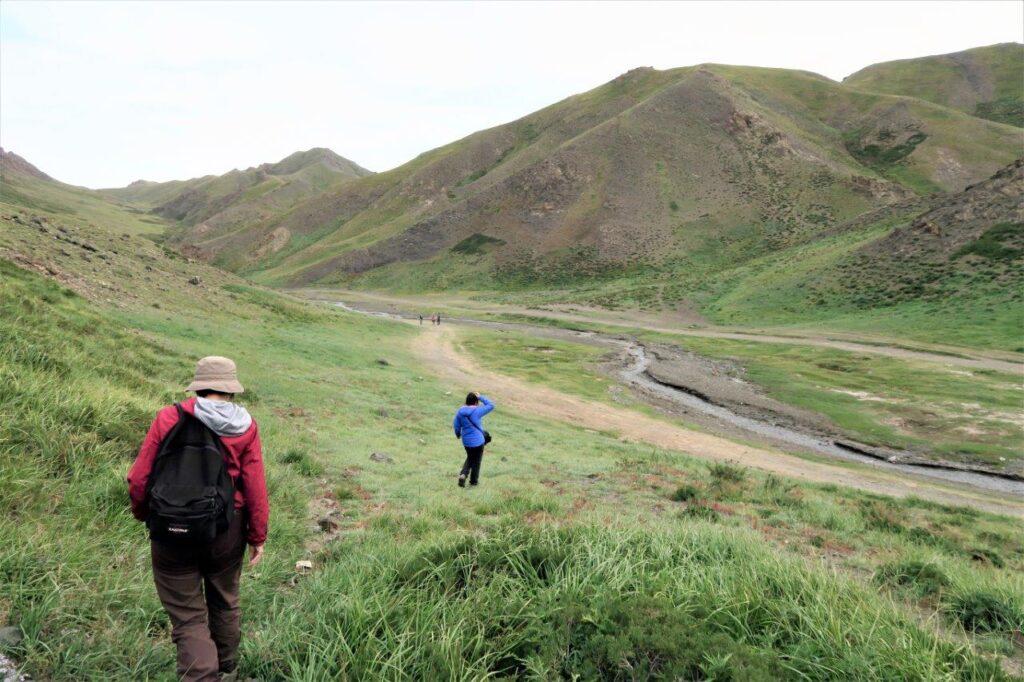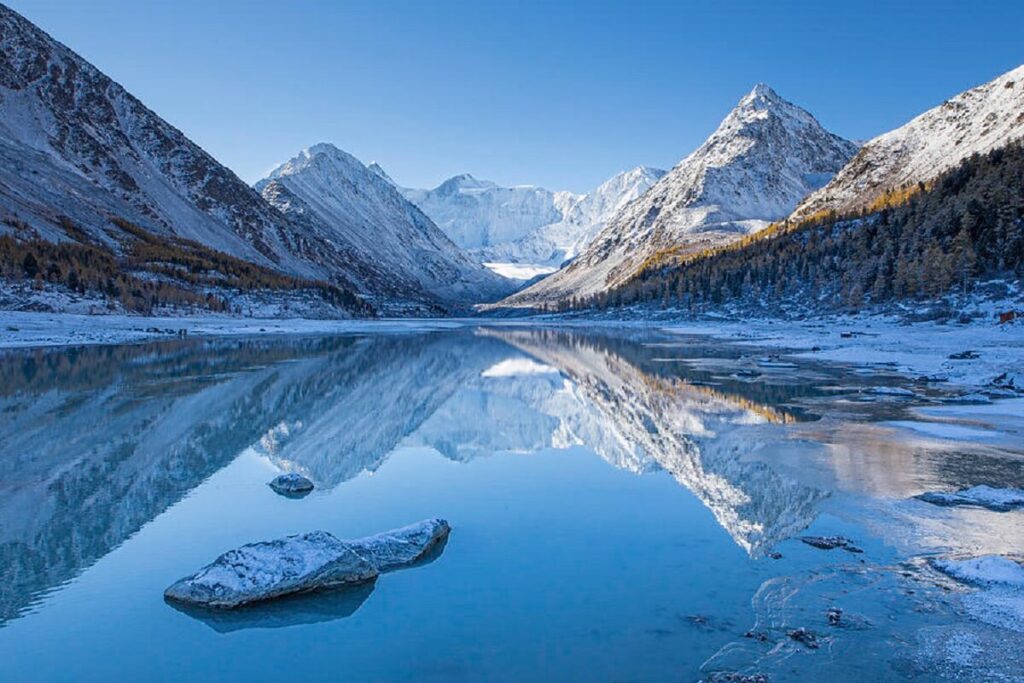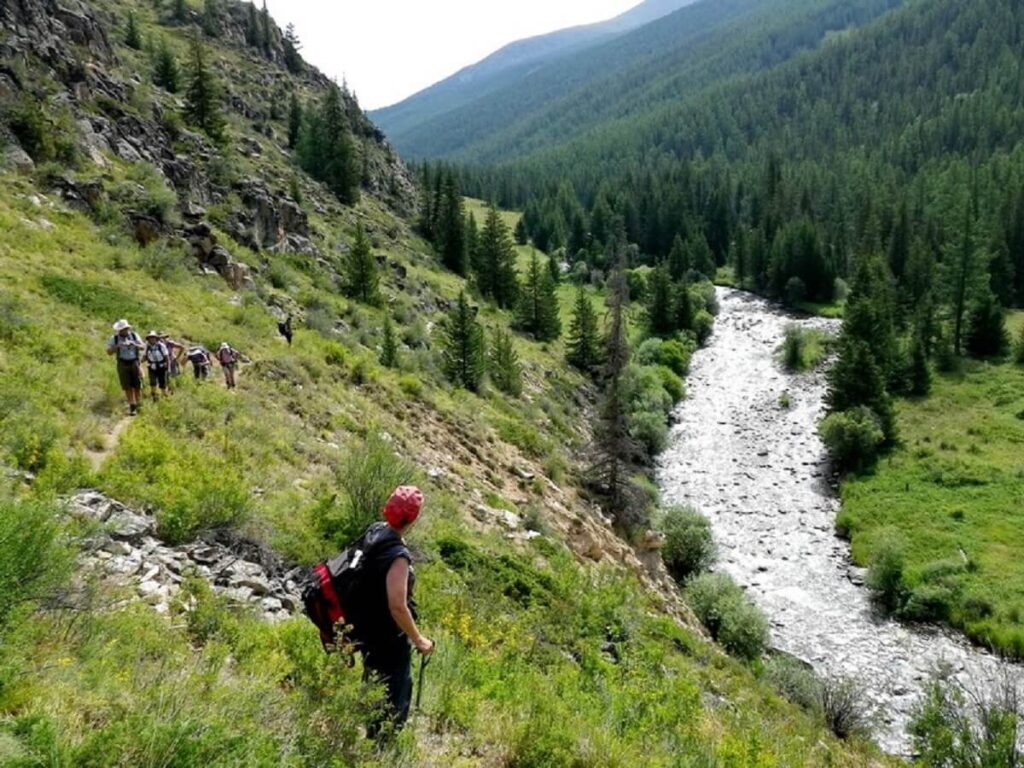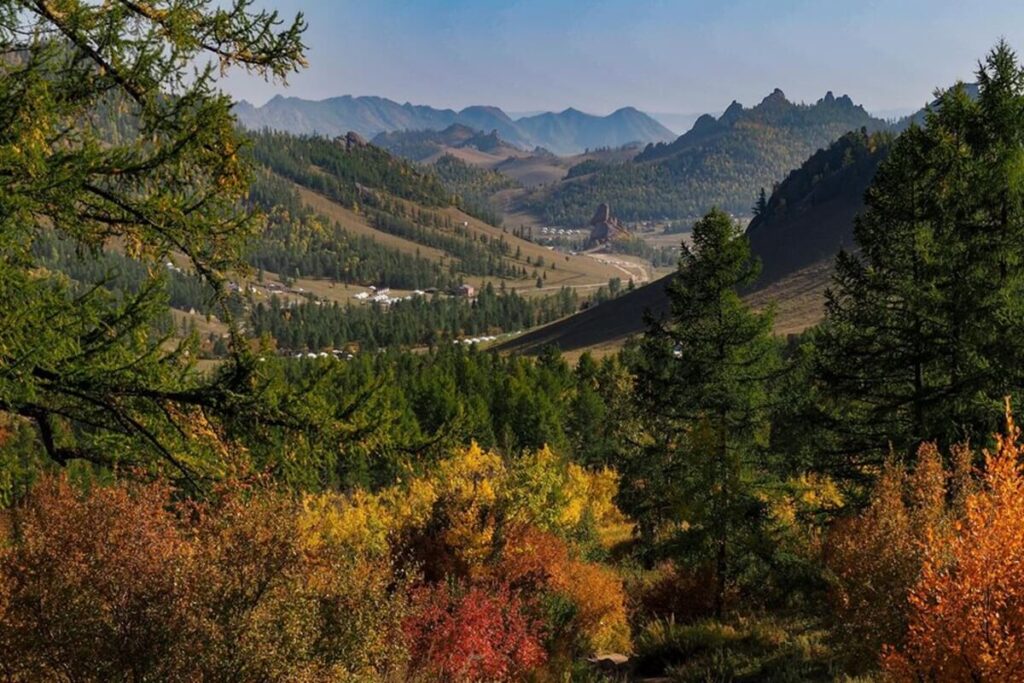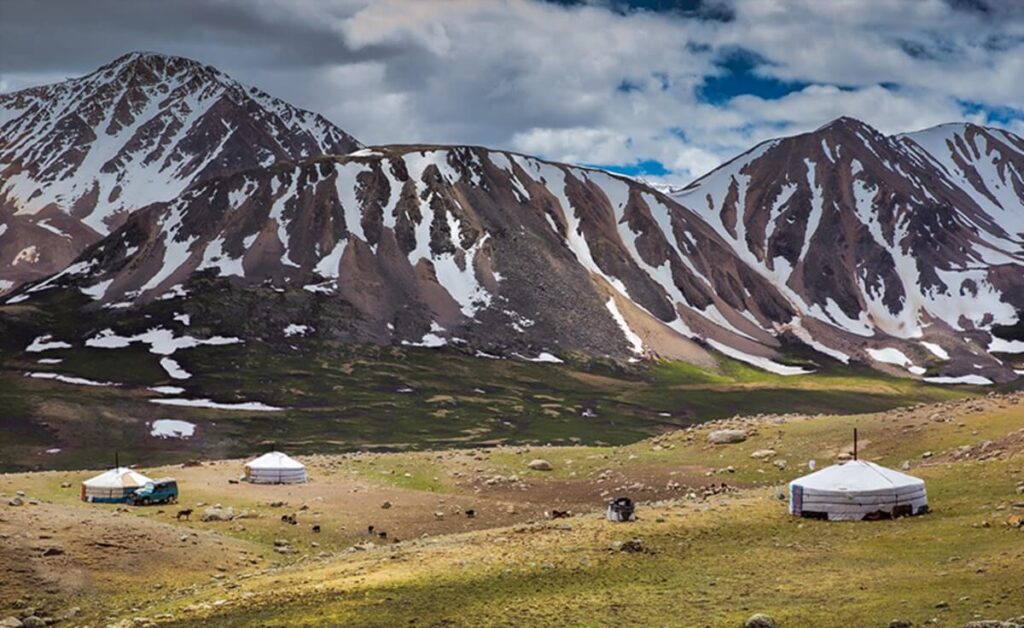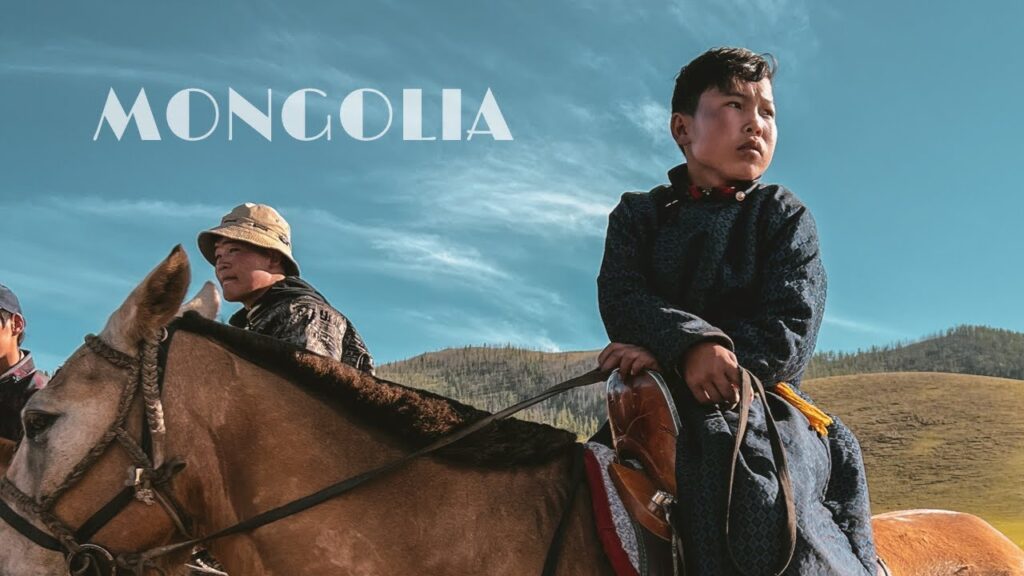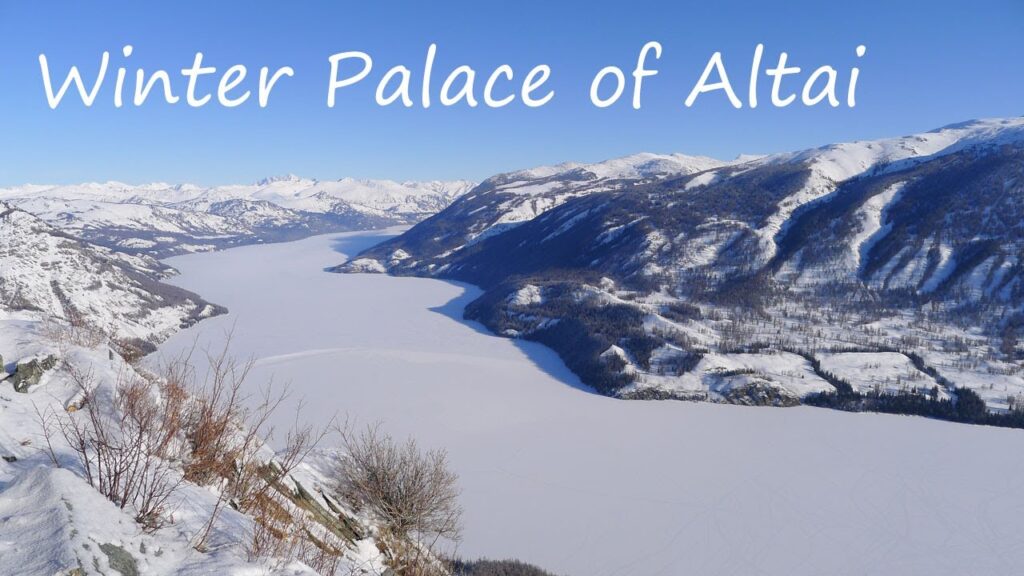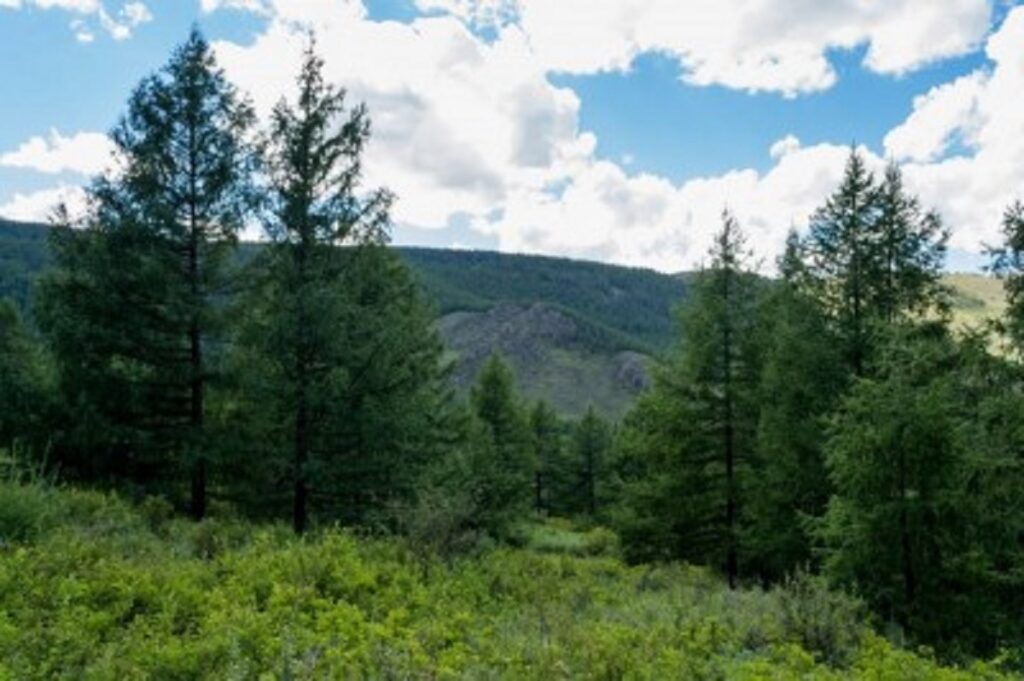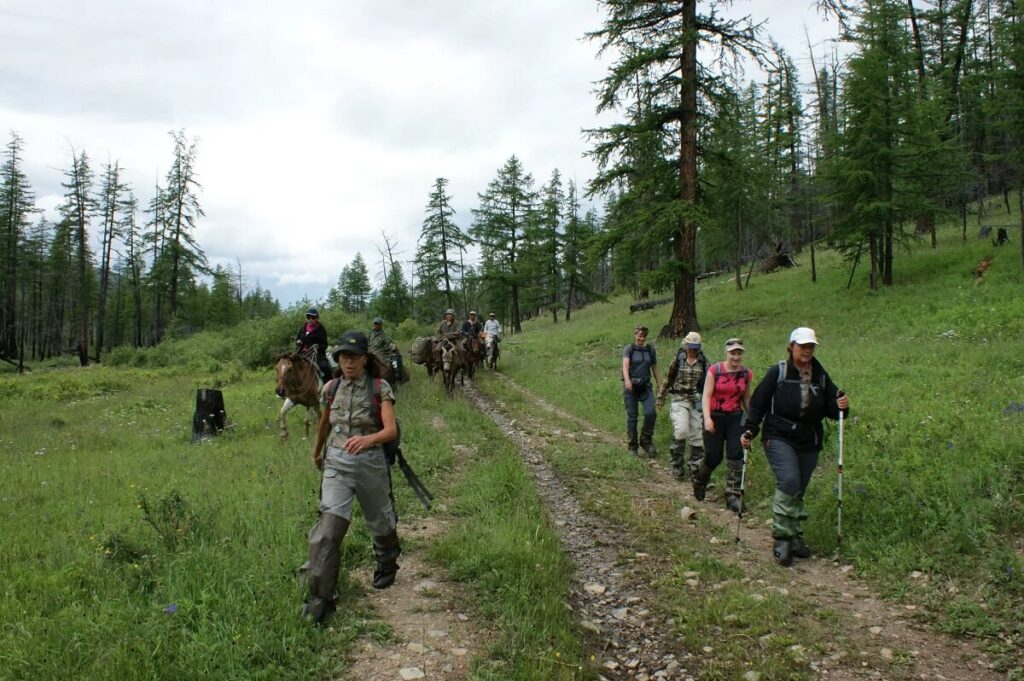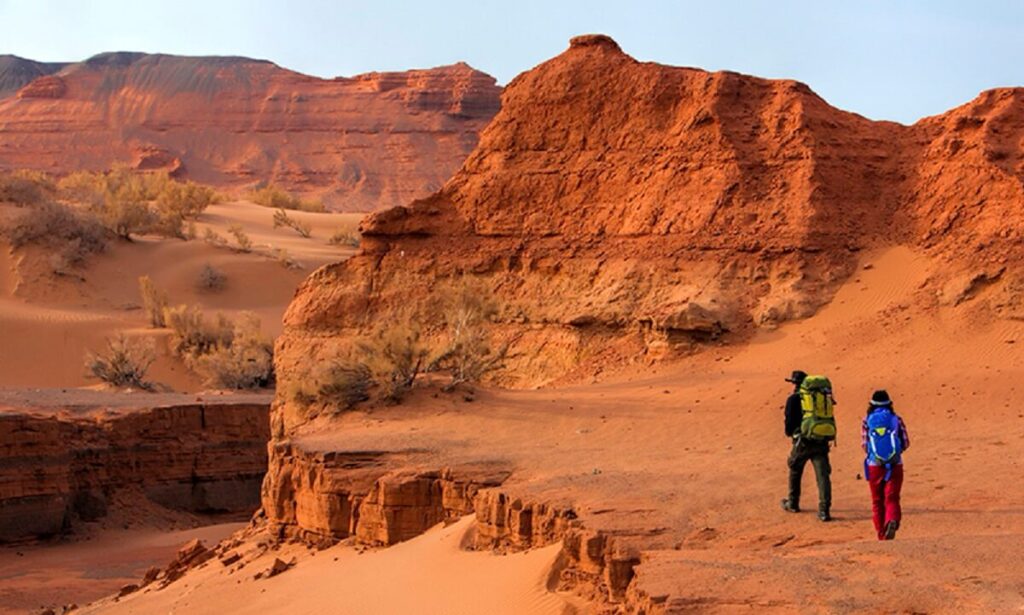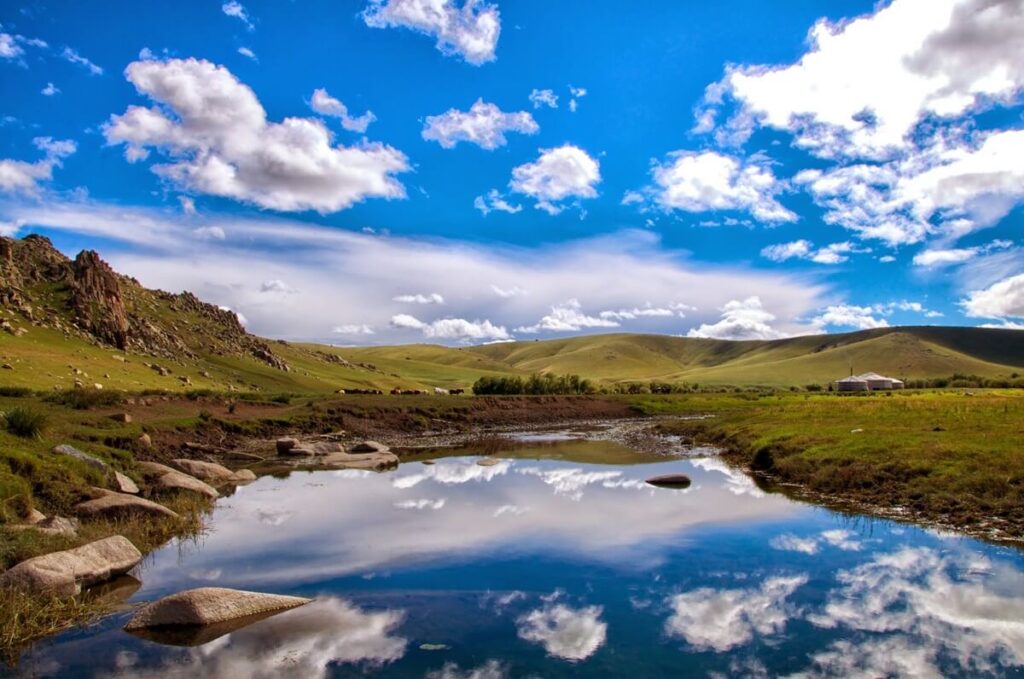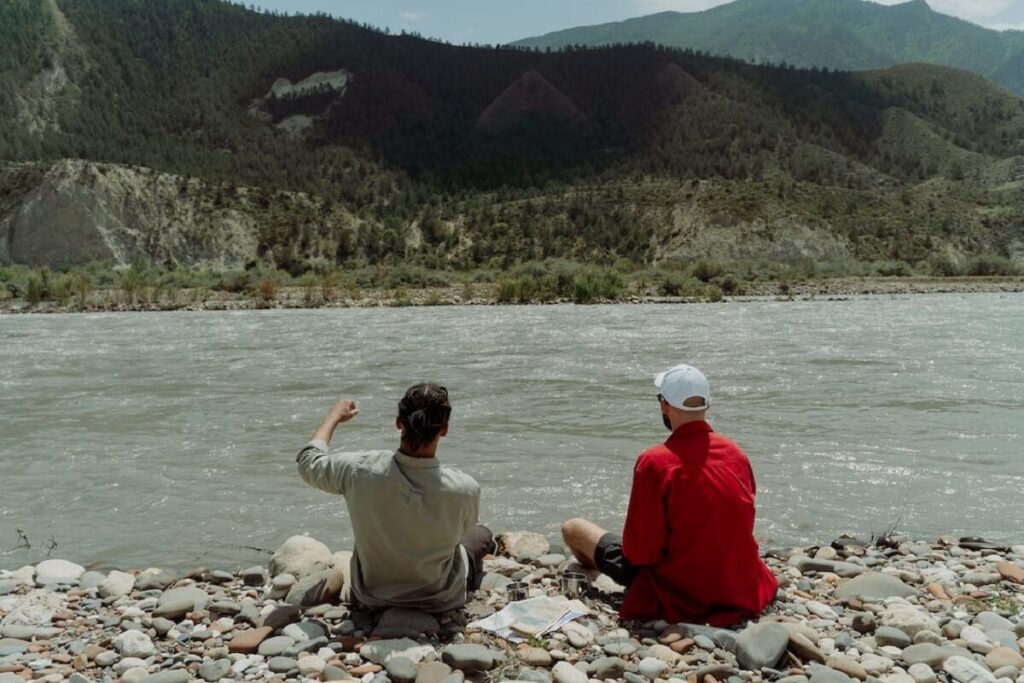Nestled in the rugged embrace of Mongolia, the Altai Mountains stand as a testament to nature’s grandeur. Planning a trip to this magical realm?
Let’s unravel the best times to witness the splendor of the Mongolian Altai in a simple, captivating way, sprinkled with intriguing features and handy lists.
Mongolian Altai Mountain Features:
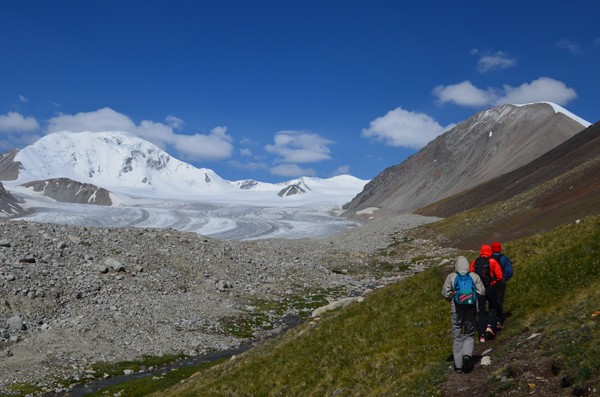
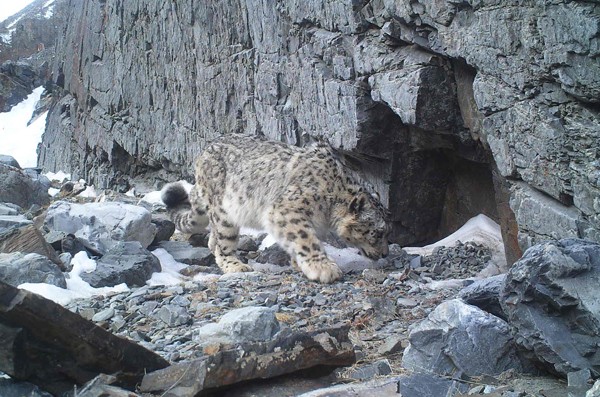
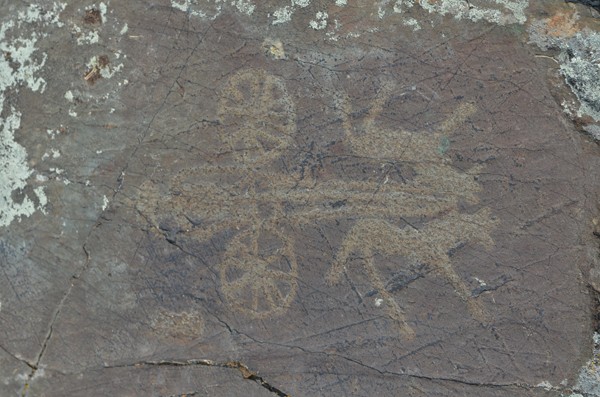
1. Majestic Peaks:
- The Altai Mountains boast some of the highest peaks in Mongolia, with towering summits reaching over 4,000 meters.
- Each peak tells a story, echoing the ancient whispers of the nomadic tribes that once roamed these lands.
2. Diverse Ecosystem:
- From lush alpine meadows to rugged glaciers, the Altai Mountains host a diverse range of ecosystems.
- The region is a haven for wildlife, including elusive snow leopards, golden eagles, and the hardy Altai argali sheep.
3. Ancient Petroglyphs:
- Discover a treasure trove of history through ancient petroglyphs scattered across the mountains.
- These rock engravings offer a glimpse into the nomadic cultures that have called the Altai home for centuries.
Altai Mountains Short Facts:
1. Location:
- Situated at the crossroads of Mongolia, Russia, China, and Kazakhstan, the Altai Mountains create a natural border between these diverse landscapes.
2. UNESCO Recognition:
- Designated as a UNESCO World Heritage Site, the Altai Mountains showcase a unique blend of natural beauty and cultural significance.
3. Sacred Beliefs:
- The Altai Mountains are revered by the local Altai Tavan Bogd community, who consider the peaks sacred and imbued with spiritual energy.
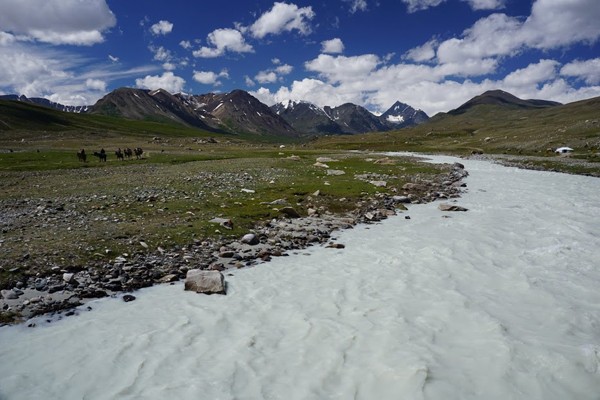
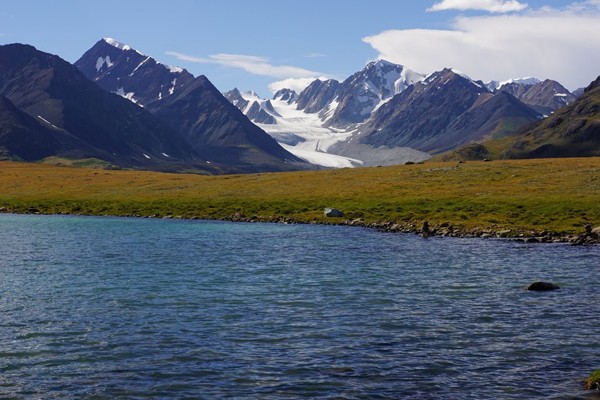
Best Times to Trek the Altai:
1. Summer Adventures (July to August):
- Experience the Altai in its full glory with warm temperatures and extended daylight.
- Ideal for trekking, the summer months reveal blooming wildflowers and vibrant landscapes.
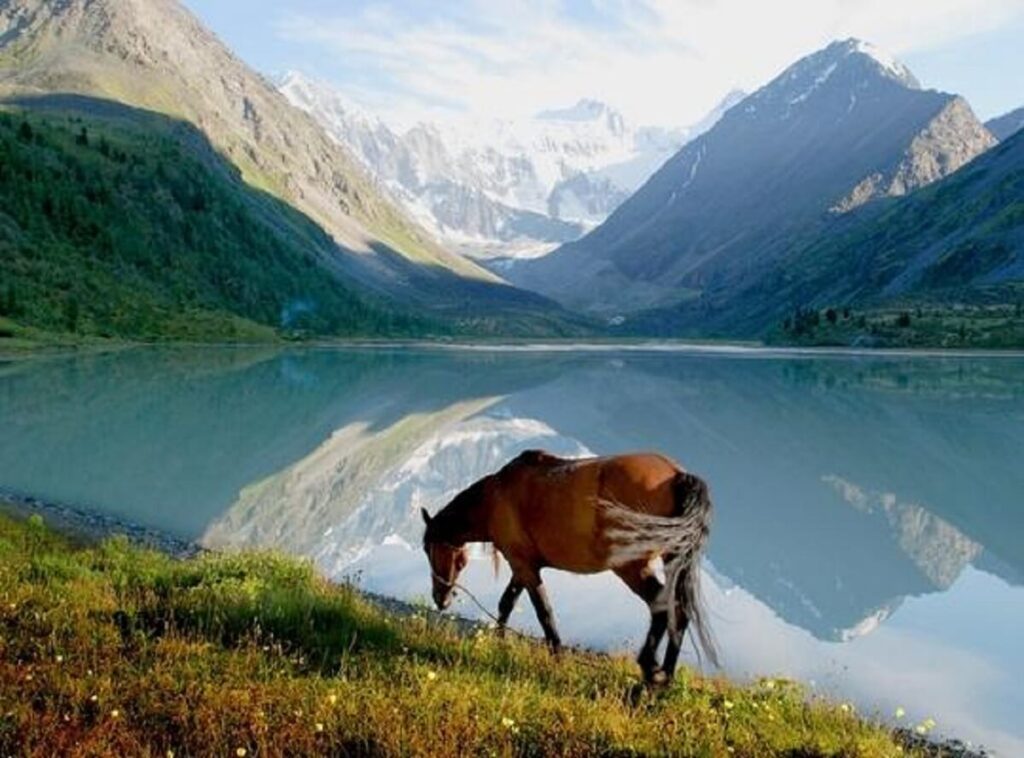
2. Autumn Tranquility (September to October):
- Embrace the serenity of the Altai as autumn transforms the region into a golden-hued wonderland.
- Cooler temperatures create comfortable conditions for trekking and exploration.
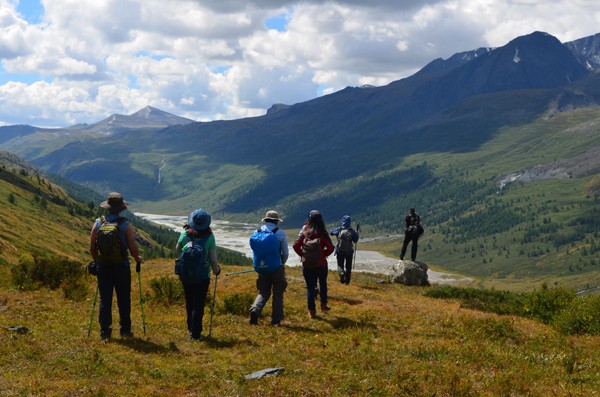
3. Winter Wonderland (November to March):
- For the adventurous souls, winter unveils a different side of the Altai with snow-covered peaks.
- Engage in winter sports like skiing and snowboarding, and witness traditional winter festivals.
4. Spring Awakening (April to June):
- As winter loosens its grip, witness the rebirth of nature with lush greenery and blooming wildflowers.
- Spring offers milder temperatures, making it perfect for those seeking a balance between warmth and tranquility.
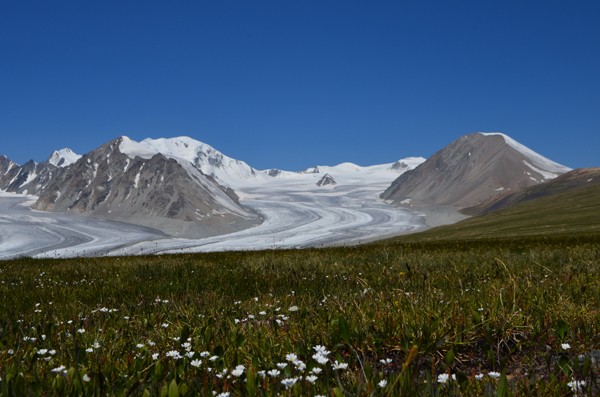
Trekking Tips:
1. Guided Tours:
- Consider joining guided tours led by experienced local guides who can navigate the rugged terrain and share insights into the region’s rich history.
2. Proper Gear:
- Pack essentials like sturdy hiking boots, weather-appropriate clothing, and a reliable backpack for a comfortable trekking experience.
3. Altitude Awareness:
- Be mindful of altitude changes, especially when trekking to higher elevations. Acclimatize gradually to avoid altitude sickness.
4. Cultural Respect:
- Respect the local nomadic communities and adhere to cultural norms. Engage in responsible tourism to preserve the pristine beauty of the Altai.
In conclusion, the best time to visit Mongolian Altai Mountains depends on your preferences and the kind of adventure you seek.
Whether you’re drawn to the vibrant colors of summer, the golden tranquility of autumn, the winter enchantment, or the rejuvenating spirit of spring, the Altai Mountains welcome you with open arms. So, gear up for an unforgettable journey into the heart of Mongolia’s untamed beauty!

